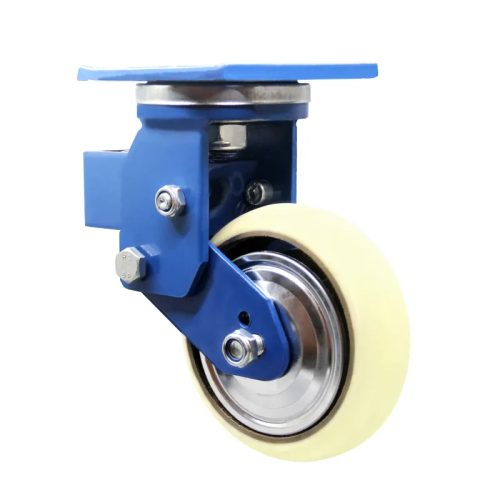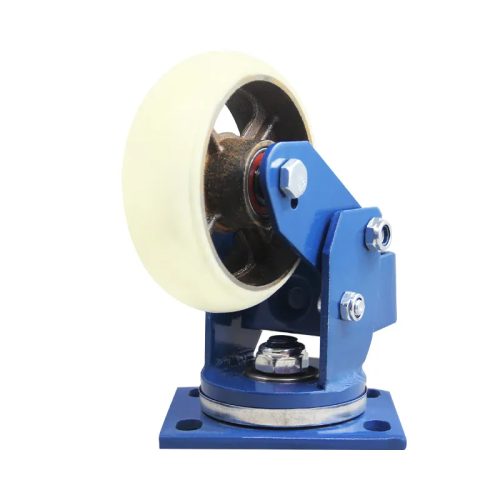Selecting the appropriate shock absorbing casters for your industrial equipment is a critical decision that can significantly impact both safety and productivity in your workplace. In this article, we will provide you with a comprehensive guide on how to make the right choice, ensuring that your equipment functions optimally and safely.
1. Assess Your Specific Needs
The first step in selecting shock absorbing casters is to understand your specific needs. Consider the type of industrial equipment you are using, the weight it needs to support, and the type of surfaces it will be operated on. Different applications may require different caster designs and load capacities.
2. Load Capacity
Determining the load capacity of your casters is crucial. Ensure that the casters you choose can support the weight of your equipment. It’s essential to factor in both the static and dynamic loads that the equipment will experience during operation. Opt for casters with a safety margin to prevent overloading.
3. Understand Shock Absorption Requirements
The degree of shock absorption needed varies depending on the equipment and its operating environment. Consider the level of vibration and shock your equipment is exposed to. Some casters are designed for light shock absorption, while others are built to handle heavy impacts. Choose casters that can effectively minimize vibrations and shocks relevant to your specific application.
4. Wheel Material
The material of the caster wheels is vital. Different materials have varying levels of durability, resistance to wear, and performance on different surfaces. Common wheel materials include rubber, polyurethane, and nylon. Ensure the wheel material is suitable for your industrial environment.
5. Swivel vs. Rigid Casters
Consider whether you need swivel casters for maneuverability or rigid casters for stability. Swivel casters are ideal for equipment that needs to change direction frequently, while rigid casters are more suitable for linear movement. Combining both types can provide a balance of mobility and stability.
6. Brake Options
Safety is paramount in industrial settings. Some shock absorbing casters come with built-in brakes. Depending on your equipment and workplace requirements, you may opt for casters with locking brakes or total lock brakes to secure your equipment in place when needed.
7. Ergonomics and Noise Control
For industrial equipment used in noise-sensitive environments or for operators’ comfort, consider casters with noise-reducing features and ergonomic design. Low-noise casters can contribute to a quieter workplace, and ergonomic casters can reduce strain on employees.
8. Consult with Experts
If you’re unsure about which shock absorbing casters to choose, it’s always a good idea to consult with experts or manufacturers. They can provide guidance based on your specific needs and the intricacies of your industrial equipment.
Conclusion
Choosing the right shock absorbing casters for industrial equipment is a decision that impacts safety, productivity, and equipment longevity. By assessing your needs, considering load capacity, shock absorption requirements, wheel materials, swivel options, brakes, and consulting with experts, you can ensure that you select the ideal casters for your specific application. This thoughtful selection process will enhance workplace safety and equipment performance, ultimately contributing to a more efficient and secure work environment.


